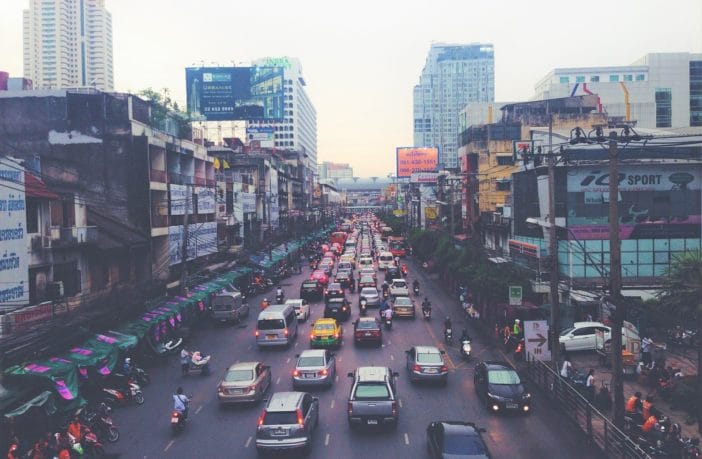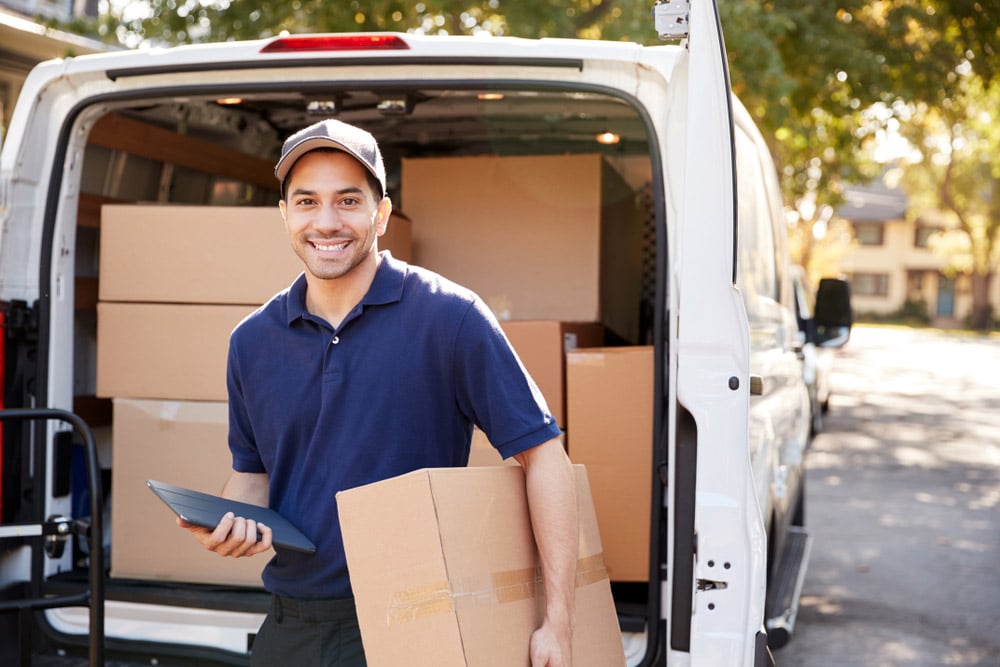The online retail market in India is worth over 19.5 billion dollars in transactions according to a recent report by KPMG. Government initiatives have contributed to this growth, as have the falling prices of smartphones and mobile data plans. Today over 500 million Indians have access to the Internet, with a significant increase in mobile internet use, particularly among urbanites.
E-commerce has been a major beneficiary. Consumers no longer see the Internet as simply a place to find heavily discounted goods. Today it is the convenience of ordering products from the comfort of one’s home that has become just as important. Interested in e-commerce logistics in India ? Read our article “Ecommerce in India – The “New Normal” for Consumers and Supply Chains?” !
However, the potential to attract and retain these customers is currently limited. This is due to poor logistics and a delivery infrastructure that struggles to cope in saturated urban spaces. This leads to longer transit times, higher costs and a high level of returns. Logistics operators contribute to increased traffic congestion. This is not only inconvenient but of course generates high levels of air and noise pollution.
Customers want quick, reliable delivery, often the same day. But logisticians have difficulty moving goods from out-of-town warehouses to dense city centres with often imprecise delivery addresses. Meanwhile a competitive market is putting pressure on costs; costs that are difficult to predict because of the congestion.
Out of town warehouses, highly congested city centres, dissatisfied customers
Today, logistics companies operate the majority of warehouses on the cities’ outskirts. They bring goods to within a few miles of their destination. From here they rely on smaller specialist operators to access the city centre and reach the final customer.
Many of these are heavily funded platforms such as Shadowfax, Dunzo, etc. They have many challenges to overcome . But they have more than met them, developing innovative ideas and using technology. These ideas serve those who would otherwise be unable to benefit from the convenience of home delivery. Although this system is satisfying these growing needs and providing a service that was previously non-existent, it is clearly not sustainable.
There needs to be a more coordinated approach to create a true end-to-end supply chain from warehouse to final customer. It is important to establish an optimised urban distribution network. It will ensure the future development of the city and continue to serve the growth of e-commerce players.
But these small companies, however successful and innovative they may be, have uncertain futures. Some will thrive, others may fail. Although heavily funded today, most are loss-making enterprises. It is difficult for the large 3PLs to know with whom they can continue to do business.
Customer satisfaction is key with last-mile services a key differentiator. Most customers are reluctant to reorder from a website if they had a problem with their last order. E-commerce platforms will become more and more demanding of their logistics supplier in an increasingly competitive landscape. E-commerce is also giving rise to new models in last mile delivery logistics. These require mechanisms to process cash on delivery, reverse logistics for returns and distribution channels for smaller parcels.
The major 3PLs need to take the lead
As Alexandre Amine Soufiani, MD – FM Logistic India, explains “A new ecosystem needs to be developed. It will need three interconnected components: out of town storage, smaller advanced stock locations nearer the city centre and intracity last mile delivery.” This may involve smaller players at some levels. However, large 3PLs such as FM Logistic will have to develop their own end-to-end, seamless solution for the flow of goods.
3PLs need to lead the way and spearhead this change integrating into the system a more sustainable long-term approach. It is only the logistics specialists who can bring together all the elements required to develop a coordinated system.
Soufiani notes that “in addition to its recognised expertise in international logistics, FM Logistic has more recently gained significant experience in hyperlocal distribution. We recently deployed our first batch of Electric Vehicles (EVs) in Bengaluru. The EVs will be used to carry out intra-city deliveries for one of our customers in the agri-commerce sector. We will be helping them to carry out hyper local deliveries to local kirana stores, supermarkets as well as end consumers.”
Building on this experience, FM Logistic is set this year to cover other areas under its green distribution network. Compact electric vehicles will be used to carry out for hyperlocal deliveris in urban areasy. This is the perfect example of the type of service that major 3PLs need to incorporate into their offer. tTo provide the much-needed coordinated urban distribution network.
An opportunity to prepare the future
India’s e-commerce retail logistics sector today presents numerous opportunities for logistics players to innovate. They have the experience and knowledge to develop coordinated solutions. Solutions that can create long term value for distributors and significantly improve the level of service Indian consumers should expect.




